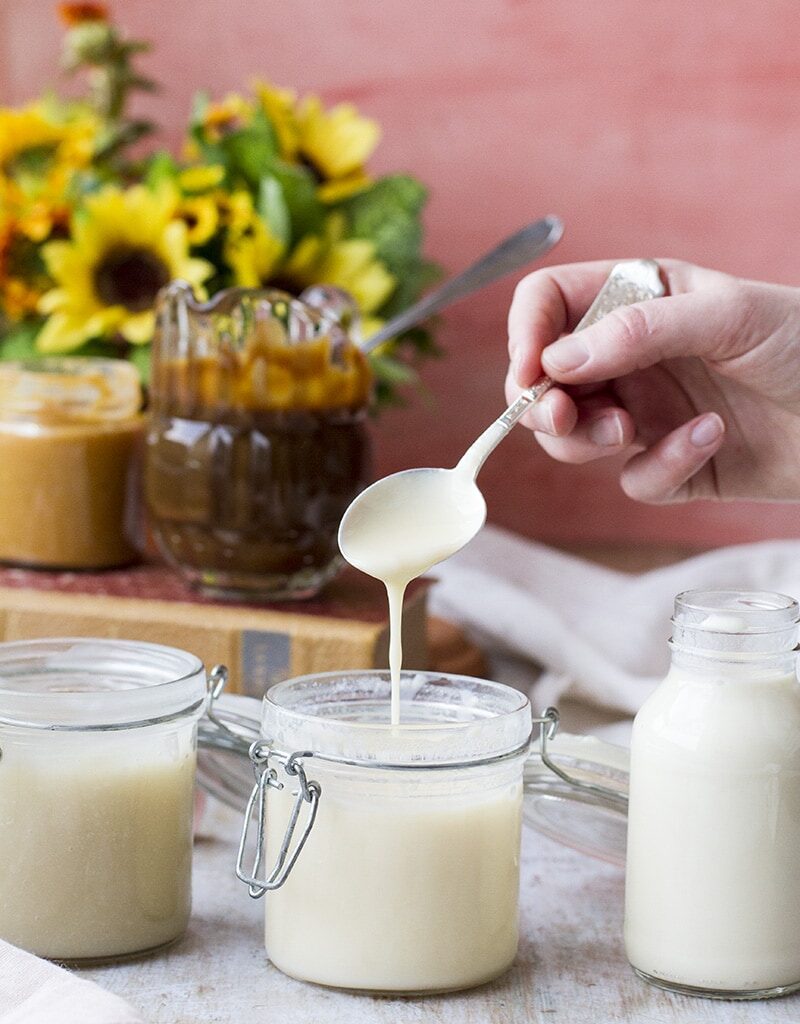Condensed milk, a sweet and dense dairy product made by removing most of the water from milk and adding sugar, is a kitchen staple used in baking, desserts, and beverages across the globe. From key lime pie in the United States to Vietnamese iced coffee and Indian mithai, condensed milk plays a crucial role in global cuisines. As the demand for processed and shelf-stable dairy products increases, so does the importance of understanding the countries leading its production.
This article explores the global condensed milk industry, identifies the top producer in the world, and analyzes the factors contributing to its dominance. We’ll also take a closer look at the economic, technological, and agricultural elements that allow this country to stay at the forefront of the condensed milk market.
What Is Condensed Milk?

Before diving into production statistics, it’s essential to understand what condensed milk is. Condensed milk is cow’s milk from which about 60% of the water content has been removed. It is then sweetened with sugar, which helps preserve it and gives it a rich, syrupy texture. This product differs from evaporated milk, which is also concentrated but unsweetened.
Condensed milk has a long shelf life and is widely used in:
- Baking (cakes, pies, and cookies)
- Beverages (coffee, tea, and milkshakes)
- Traditional sweets (like Indian barfi and Thai desserts)
Global Overview of Condensed Milk Production

The global market for sweetened condensed milk is projected to grow steadily due to:
- The increasing consumption of processed and ready-to-eat foods
- Expanding food service sectors
- Rising exports to developing countries
- Culinary trends in desserts and coffee
Countries with strong dairy industries, modern food processing technologies, and significant export capabilities are best positioned to lead condensed milk production.
The Largest Producer: India

India is the largest producer of condensed milk in the world. Known for its expansive dairy industry, India has leveraged its milk production capacity, strong domestic demand, and cultural reliance on dairy-based sweets to become the global leader in condensed milk manufacturing.
Key Factors Behind India’s Dominance:
- World’s Largest Milk Producer
- India has consistently held the position as the largest milk-producing country since the late 1990s.
- According to FAO (Food and Agriculture Organization) data, India contributes over 22% of the world’s total milk production.
- Strong Domestic Demand
- Indian cuisine is rich in dairy-based desserts like rasgulla, gulab jamun, kheer, and peda, many of which use condensed milk.
- Traditional sweet-making during festivals and weddings drives high consumption of condensed milk.
- Major Producers and Brands
- Leading Indian dairy cooperatives like Amul, Mother Dairy, and private companies like Nestlé India play a significant role.
- Nestlé’s Milkmaid, a sweetened condensed milk brand, is a household name across Indian homes.
- Government Support
- The Indian government has historically promoted dairy development through initiatives like the Operation Flood movement and schemes supporting cooperative dairies.
- Subsidies, infrastructure improvements, and veterinary support have helped boost dairy output and processing capacities.
- Export Growth
- India exports condensed milk to countries in Asia, the Middle East, and Africa, where Indian communities have created sustained demand.
Other Major Condensed Milk Producers

While India leads the pack, several other nations also play a significant role in condensed milk production:
1. United States
- The U.S. has a strong dairy processing industry and produces both sweetened condensed and evaporated milk.
- Popular brands like Eagle Brand have deep roots in American baking traditions.
- However, its production is more tailored for domestic consumption rather than export dominance.
2. China
- China is rapidly expanding its processed food sector.
- With growing middle-class demand for Western-style desserts and beverages, China has increased domestic production of condensed milk.
3. Brazil
- Brazil produces significant volumes of dairy and exports condensed milk products to Latin American countries.
- Nestlé Brazil is a key player in the region’s condensed milk industry.
4. Russia and European Union
- Countries like Germany, Poland, and Russia have large dairy sectors.
- They produce condensed milk for both domestic use and exports, especially to neighboring Eastern European and Central Asian countries.
Technological Edge and Processing Infrastructure

India’s rise as the largest condensed milk producer is not just due to raw milk output. The country has developed a vast network of milk collection centers, cold chains, and automated dairy plants. These allow efficient processing and packaging of condensed milk for retail and commercial purposes.
Technologies like spray drying, vacuum evaporation, and aseptic packaging are commonly used. Moreover, India’s large cooperative sector—led by organizations like Amul—has brought modern technology to rural producers, helping scale production.
Cultural and Culinary Relevance
India’s culinary culture deeply values condensed milk as a convenient and flavorful dairy base. Recipes for traditional sweets often call for slow-cooked milk solids, which can be replaced with condensed milk for speed and consistency.
Condensed milk is also used in:
- Ice creams and kulfi
- Sweetened tea and coffee
- Halwas and payasam
- Ladoos and fudge
Its widespread use across socio-economic classes gives condensed milk producers in India a dependable domestic market—something many other countries do not have.
Challenges in the Condensed Milk Industry
Despite India’s dominance, the global condensed milk industry faces several challenges:
- Price Sensitivity
- Dairy prices fluctuate due to feed costs, weather conditions, and trade barriers.
- Condensed milk, being processed, can become unaffordable for lower-income consumers when dairy prices surge.
- Health Trends
- With rising awareness of sugar-related health issues, some consumers are reducing consumption of sweetened products.
- This has led to innovations like low-sugar and dairy-free condensed milk alternatives.
- Export Limitations
- Quality control, packaging standards, and trade restrictions can affect international competitiveness.
- India’s exports still lag behind in value-added dairy exports compared to Europe or New Zealand.
Conclusion
India has emerged as the undisputed leader in condensed milk production due to its unmatched milk output, cultural reliance on dairy, massive domestic demand, and strong processing infrastructure. With growing urbanization, festive consumption, and an expanding middle class, India’s position at the top is likely to remain secure in the foreseeable future.
However, as health preferences evolve and international markets grow more competitive, the future of condensed milk production will depend on how well producers can innovate and adapt. For now, India’s rich culinary traditions and dairy economy keep it proudly at the summit of global condensed milk production.






Leave A Comment